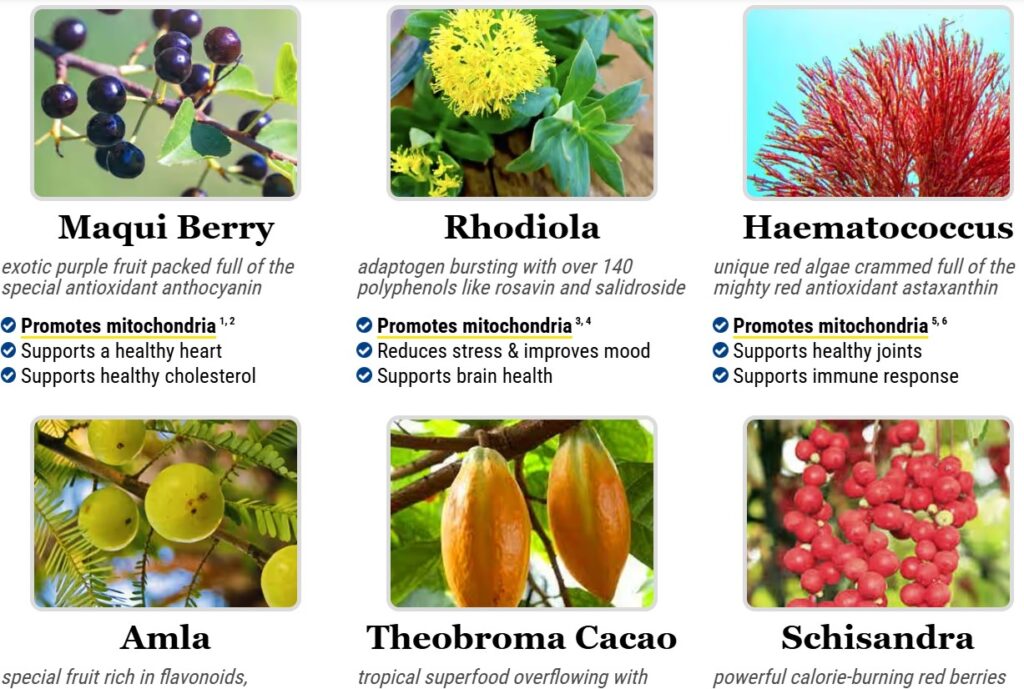Introduction
Going gluten-free? That’s awesome — whether it’s for health reasons or a lifestyle choice, it’s a big step. But here’s something many people overlook: just because something is gluten-free doesn’t mean it’s low in calories. Let’s unpack how to stay smart and slim on a gluten-free diet.
Table of Contents
ToggleUnderstanding Gluten-Free Eating
Common Gluten-Free Foods
Gluten is a protein found in wheat, barley, and rye. So, when you go gluten-free, you’re avoiding all foods containing those grains. You’ll be leaning into foods like:
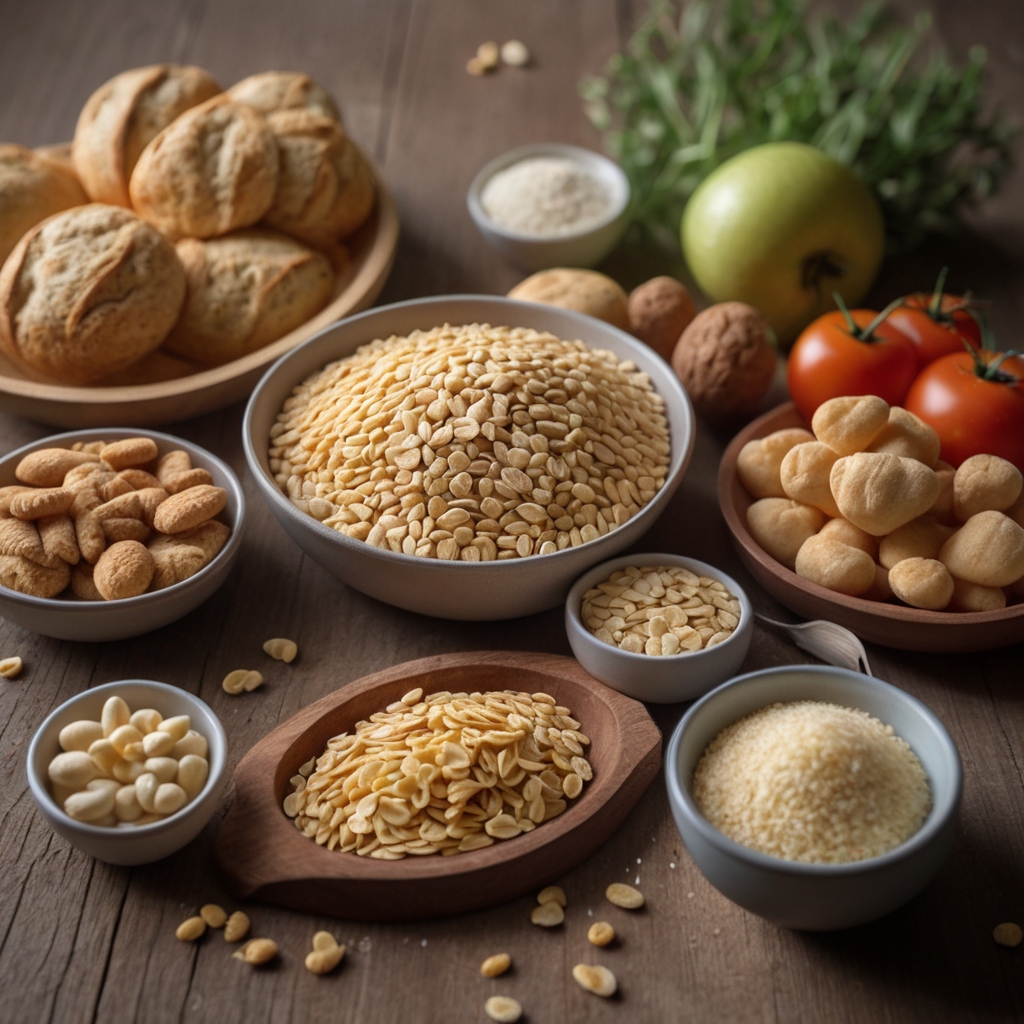
Rice, quinoa, corn
Fruits and veggies
Eggs and dairy
Meat, poultry, and fish (unprocessed)
Gluten-free flours like almond, coconut, and chickpea
Who Should Follow a Gluten-Free Diet?
Celiac Disease
For those with celiac disease, gluten isn’t just a no-go—it’s a serious health threat. Even a tiny bit can damage the small intestine.
Gluten Sensitivity
Some people experience bloating, fatigue, or brain fog from gluten even without celiac disease. If you feel better without it, listen to your body!
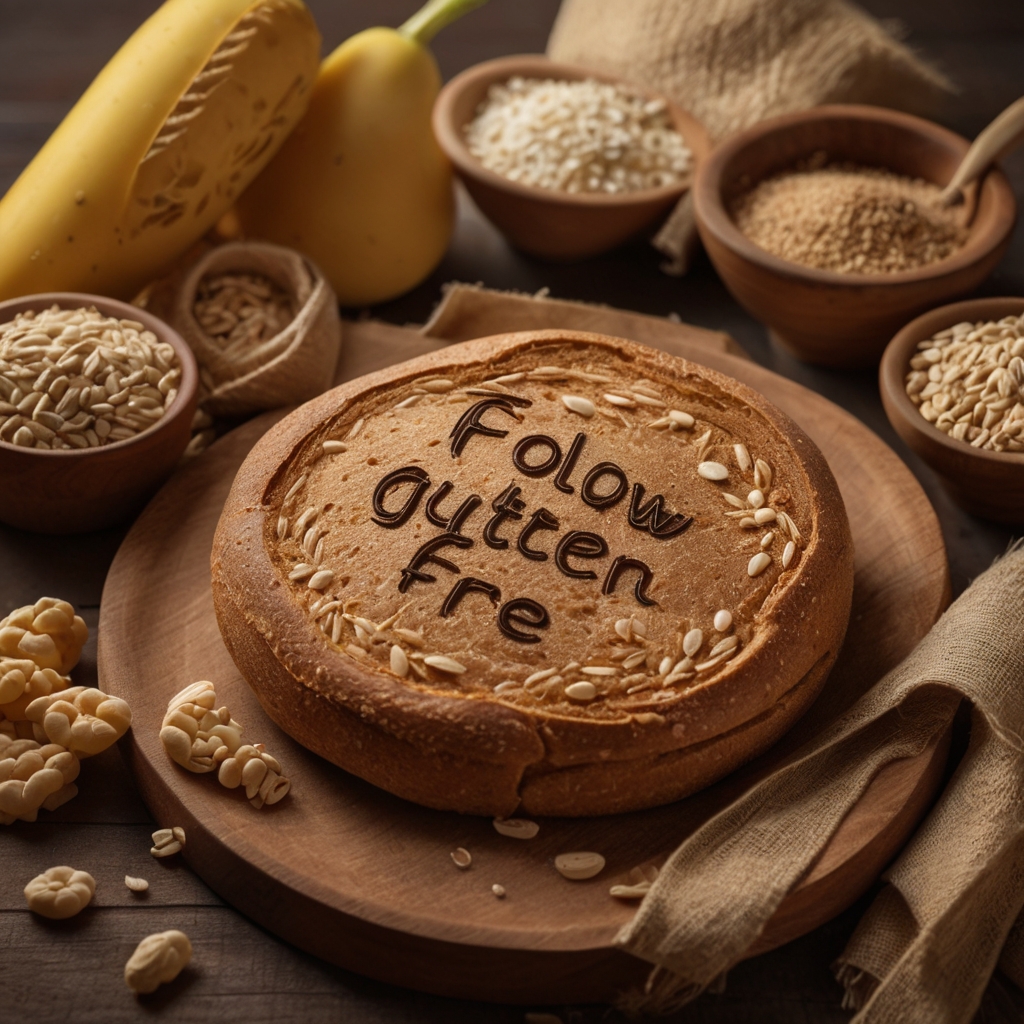
Calories and Gluten-Free Foods
Are Gluten-Free Foods Lower in Calories?
Spoiler alert: nope. Many gluten-free products are just as high—or even higher—in calories than their gluten-filled counterparts. Why? Because they often use extra sugar or fat to make up for the missing gluten texture.
Hidden Calories in Gluten-Free Products
Think gluten-free cookies, muffins, or pizza are healthier? Think again. They often pack a serious calorie punch. Always double-check the label.
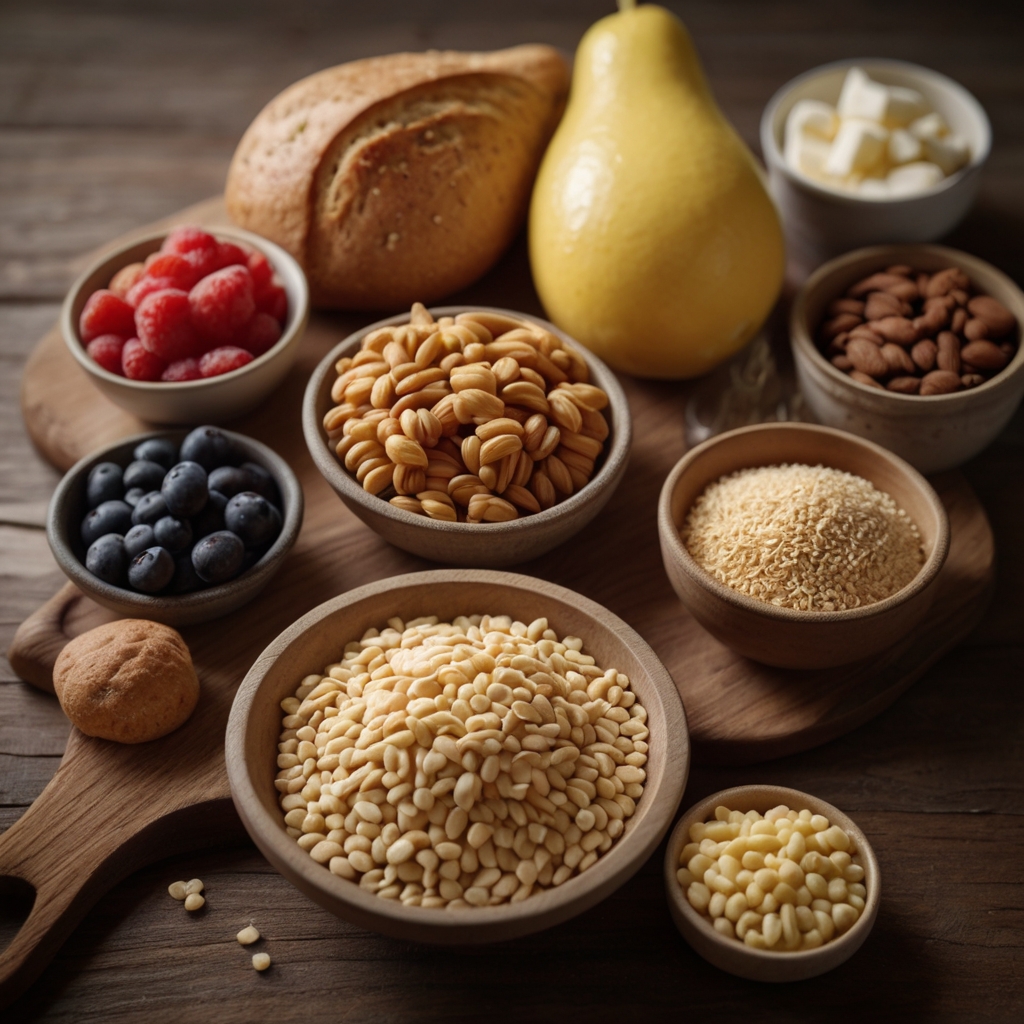
Smart Calorie Management Tips
Read Labels Like a Pro
Calories, sugar, fat, sodium—you need to know them all. Just because it says “gluten-free” in big bold letters doesn’t mean it’s good for you.
Portion Control Still Matters
Even healthy foods can become unhealthy in large portions. Use smaller plates, measure snacks, and be mindful of how much you’re eating.
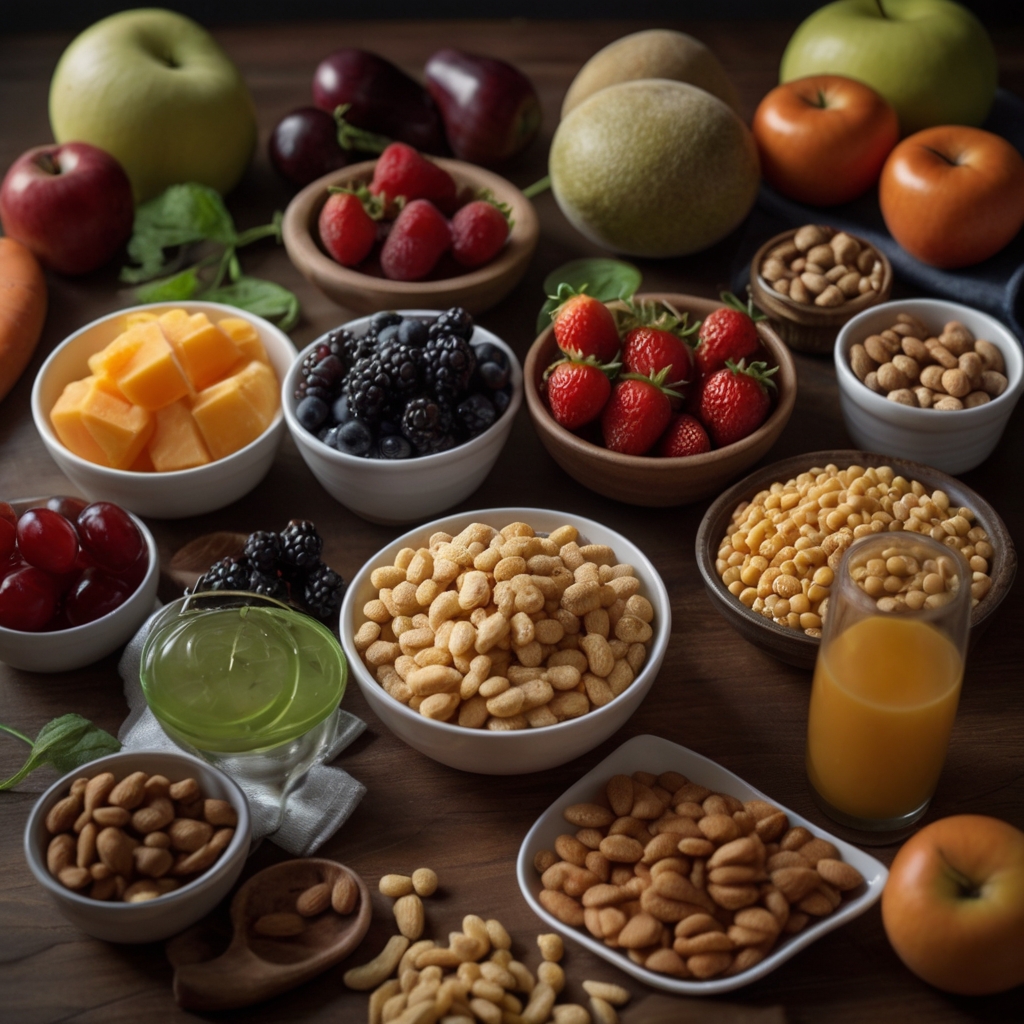
Watch Your Snacks
It’s easy to munch on gluten-free chips or granola bars thinking they’re harmless. But those calories add up fast.
Don’t Overeat Gluten-Free Processed Foods
Gluten-free doesn’t equal guilt-free. Stick to whole foods as much as you can.
Best Gluten-Free Foods for Weight Management
Lean Proteins
Chicken, turkey, eggs, fish, and legumes will keep you full and build lean muscle.
Whole Gluten-Free Grains
Quinoa, brown rice, millet, and amaranth are packed with fiber and nutrients—great for digestion and satiety.
Fresh Fruits and Vegetables
Low in calories, high in fiber, and rich in antioxidants. Nature’s perfect snacks!
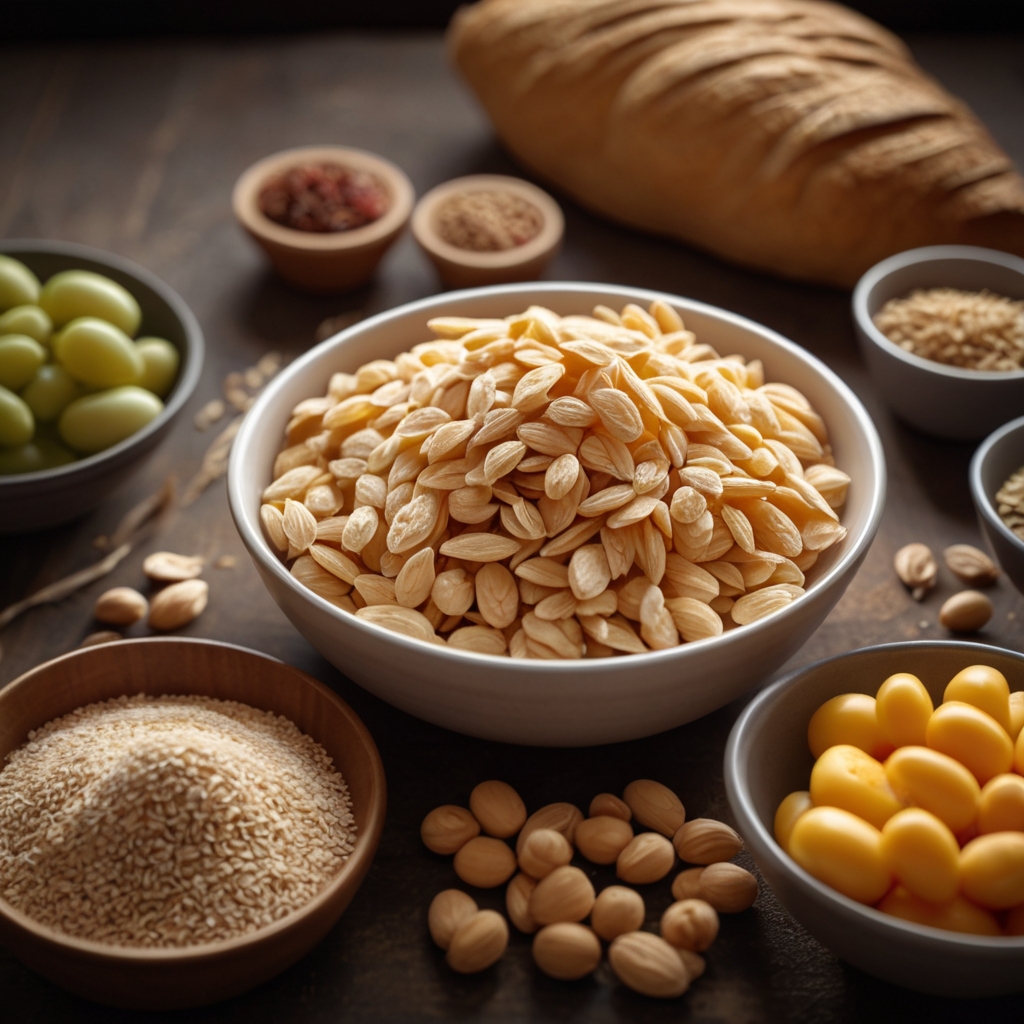
Healthy Fats in Moderation
Avocados, olive oil, and nuts are calorie-dense but very satisfying. A little goes a long way.
Cooking Tips to Save Calories
Bake, Grill, Steam – Don’t Fry
These cooking methods keep your meals tasty and light.
Use Herbs and Spices, Not Sauces
Sauces can be sneaky with added sugars and fats. Herbs and spices? Calorie-free flavor bombs!
Gluten-Free Meal Prep Ideas
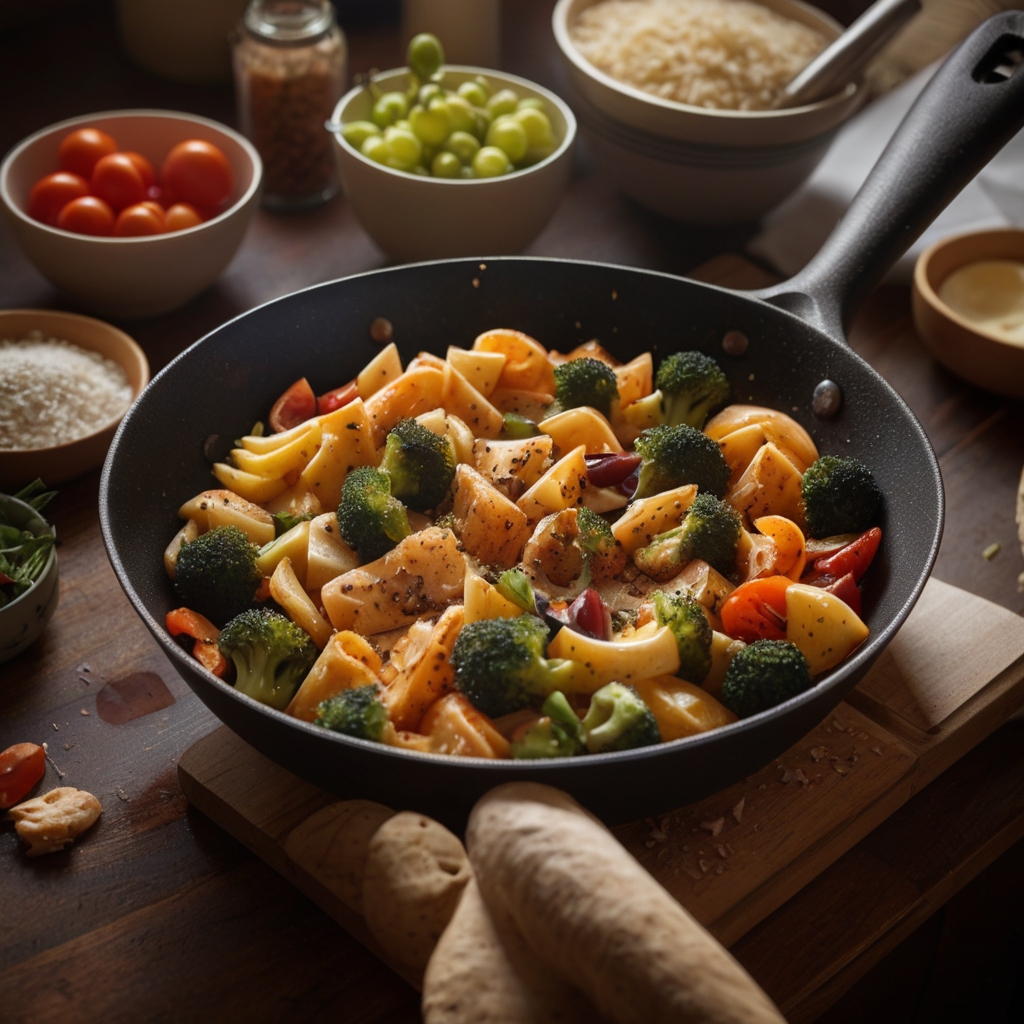
Plan meals with:
Grilled chicken + roasted veggies
Brown rice + black bean bowls
Overnight oats with chia and almond milk
Tracking Your Progress
Use Apps and Food Diaries
Apps like MyFitnessPal or Cronometer can help you track your calories, macros, and gluten-free compliance all at once.
Listen to Your Body
Feel bloated after a meal? Tired even though you ate “healthy”? Your body gives clues. Pay attention.
Staying Motivated and Consistent
Set Realistic Goals
Don’t aim to drop 10kg in a week. Focus on steady progress and building healthy habits.
Find Your “Why”
Health? Energy? Fitting into your favorite jeans? Your “why” keeps you going when things get tough.
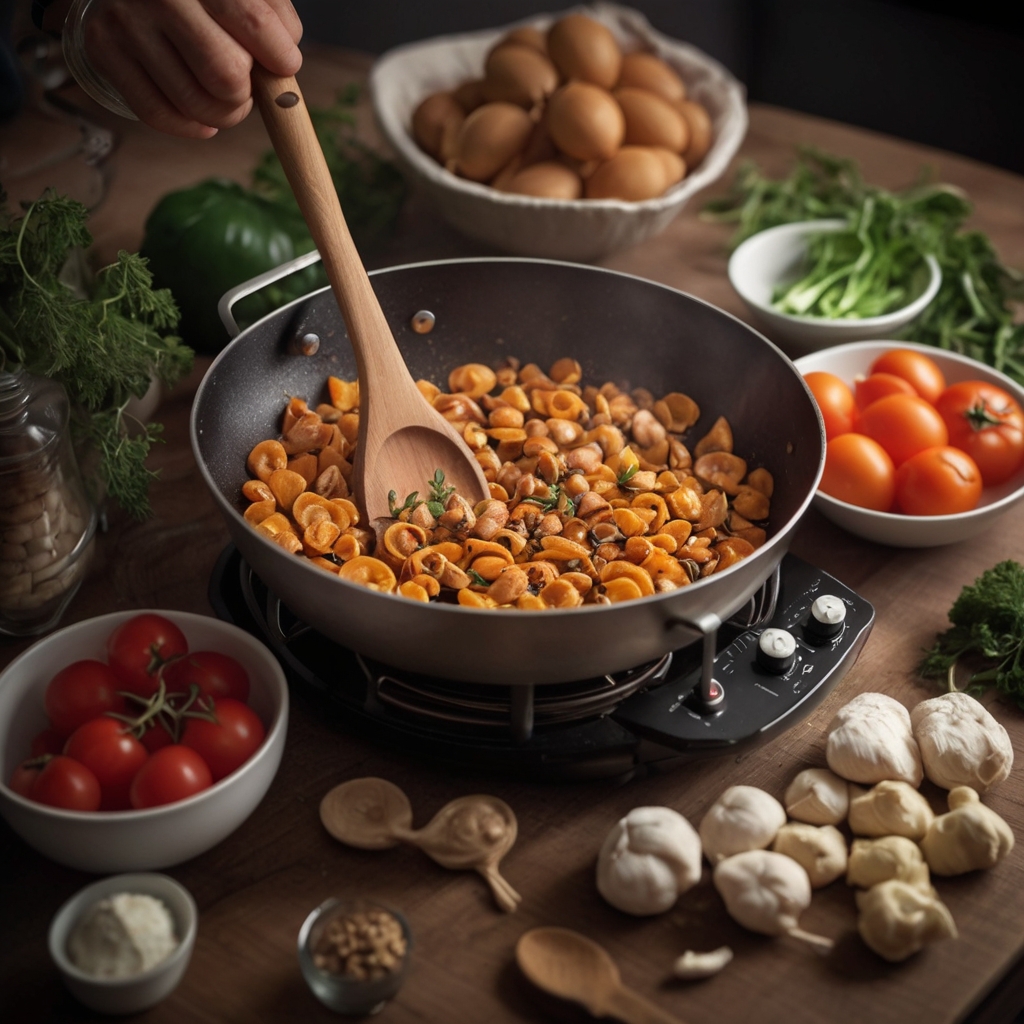
Common Pitfalls to Avoid
Assuming All Gluten-Free = Healthy
Many gluten-free baked goods and snacks are loaded with sugar and refined carbs.
Over-Reliance on Packaged Foods
Whole foods = better digestion, fewer calories, and more satisfaction.

Dining Out Gluten-Free and Calorie-Conscious
Plan Ahead
Check menus online and look for gluten-free options before heading out.
Ask Questions About Ingredients
Don’t be shy! Ask about how dishes are prepared to avoid hidden gluten and unnecessary fats.
Smart Substitutions
Choose salad instead of fries, grilled instead of fried, water instead of soda.
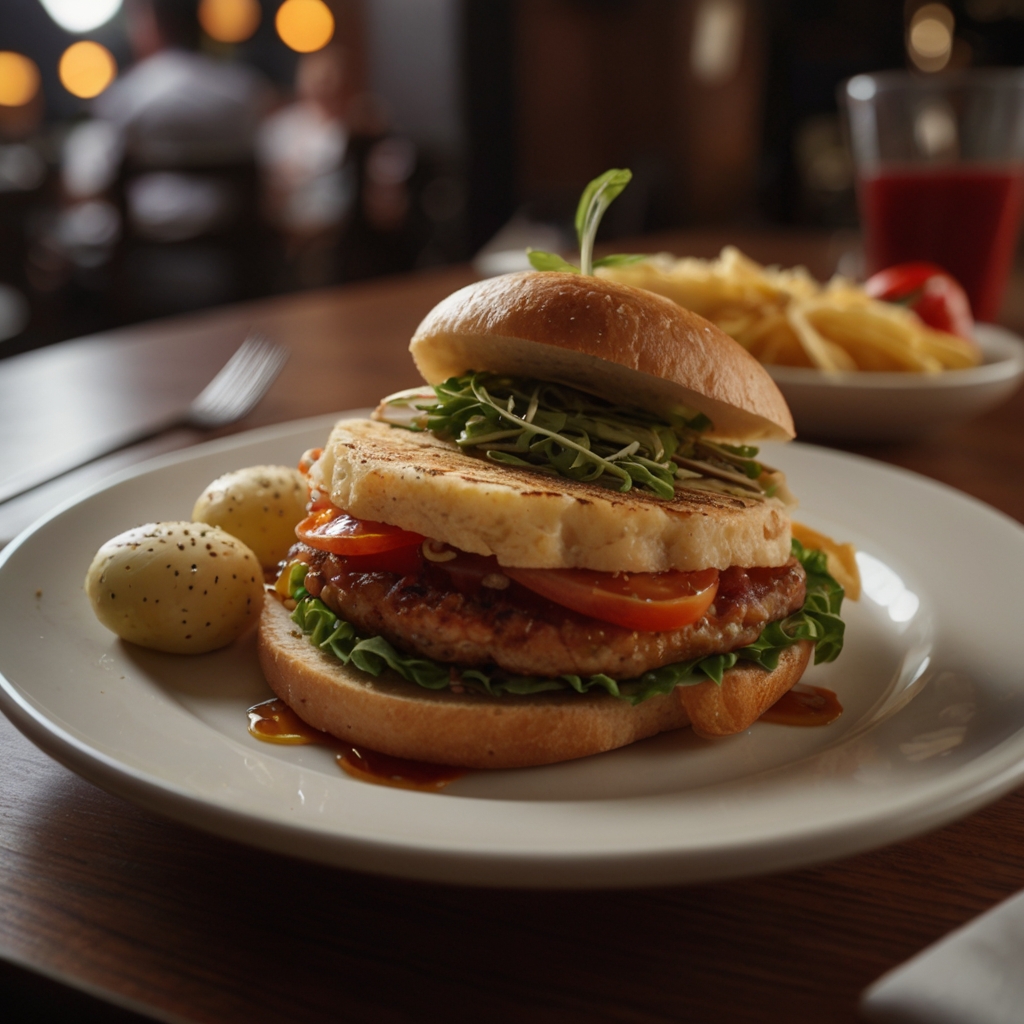
Gluten-Free Doesn’t Mean Guilt-Free
Watch for Sugar and Fat
Many gluten-free foods sneak in extra sugar and oils to improve texture.
Balance and Moderation Are Key
Don’t cut out entire food groups unless necessary. Keep things balanced and flexible.
Staying Motivated and Consistent
Set Realistic Goals
Don’t aim to drop 10kg in a week. Focus on steady progress and building healthy habits.
Find Your “Why”
Health? Energy? Fitting into your favorite jeans? Your “why” keeps you going when things get tough.
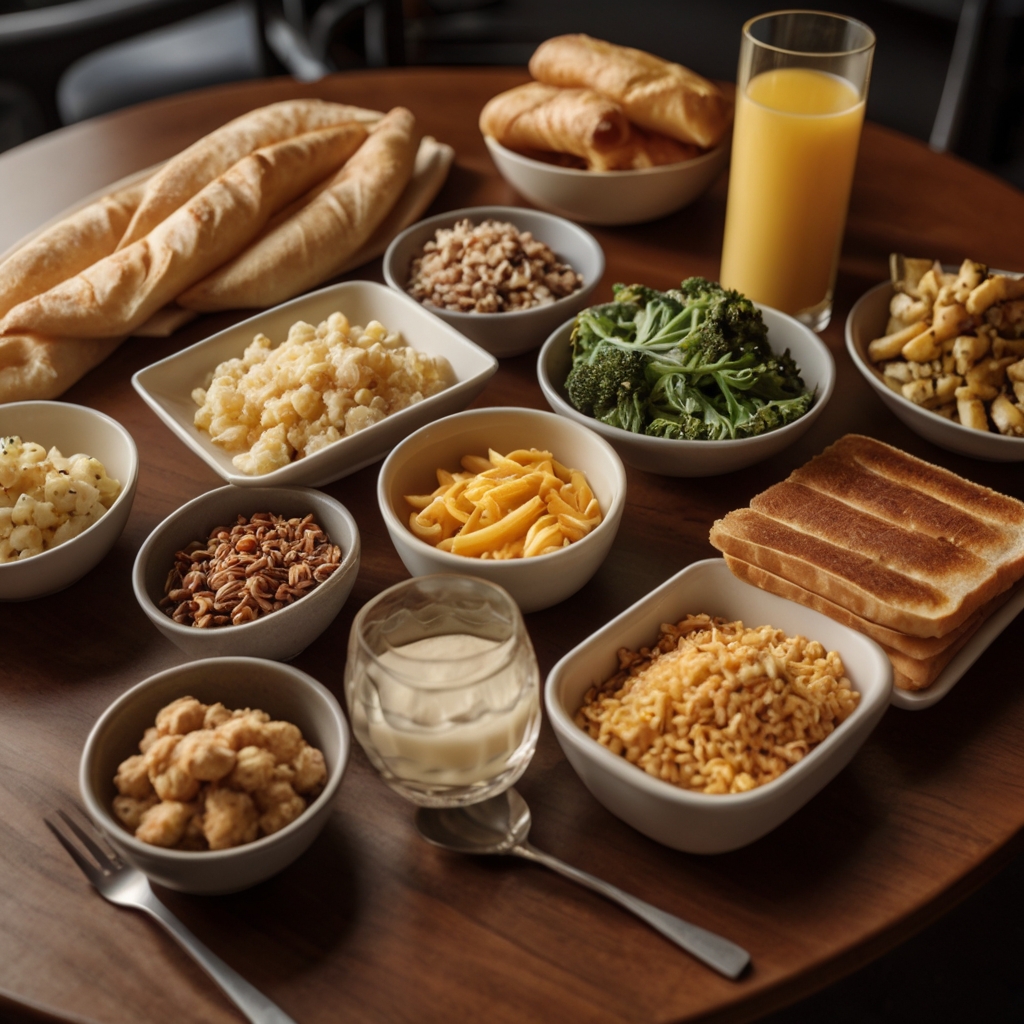
Combining Diet With Exercise
Simple Workouts to Pair With Your Eating Habits
Walking, yoga, bodyweight training—all great choices, especially when starting out.
Energy Management With Gluten-Free Carbs
Fuel your workouts with good carbs like quinoa, sweet potatoes, and fruit.
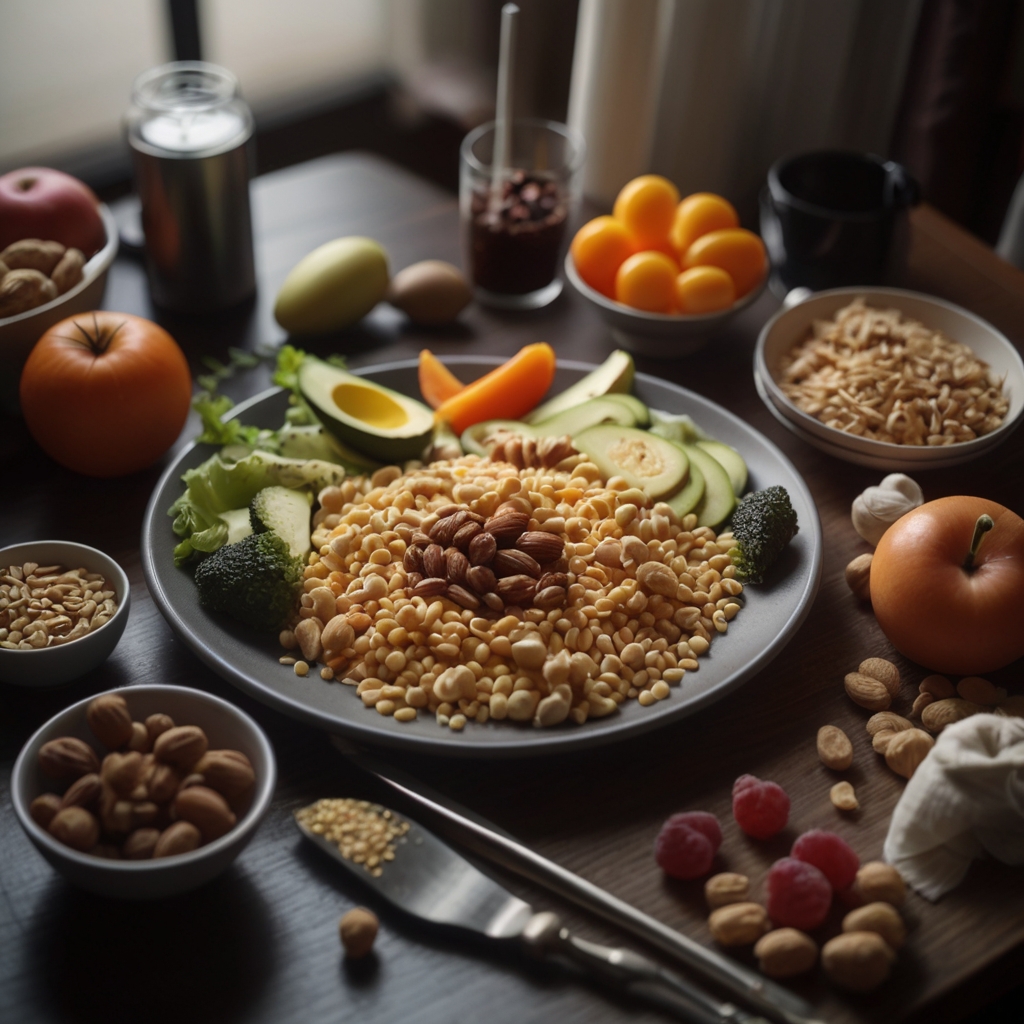
Sample Gluten-Free Low-Calorie Meal Plan
Breakfast
Oatmeal (certified gluten-free) with berries and almond milk
Lunch
Grilled chicken salad with olive oil and lemon dressing
Dinner
Baked salmon, roasted broccoli, and quinoa
Snacks
Carrot sticks with hummus, a handful of almonds, or apple slices with peanut butter
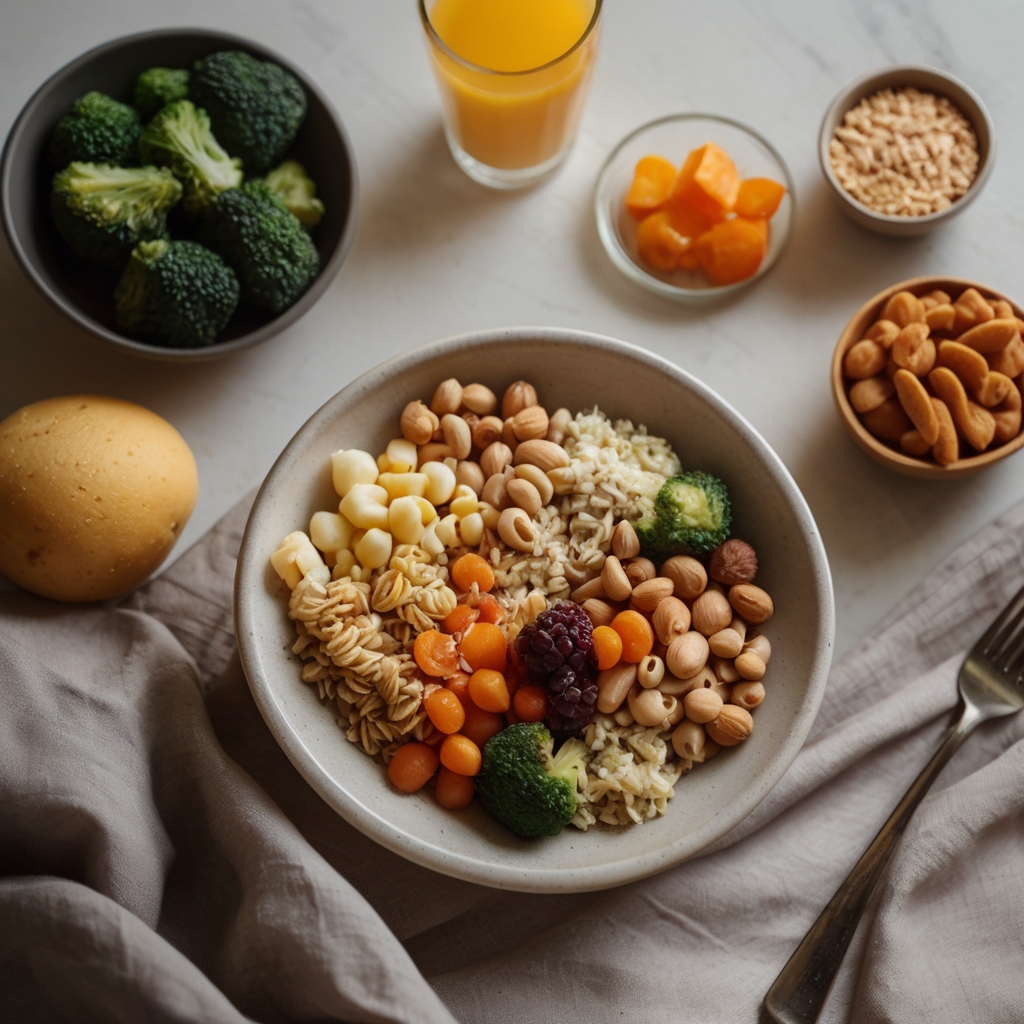
When to Seek Professional Help
Dietitians
A registered dietitian can help tailor your gluten-free eating to match your calorie and health goals.
Medical Support for Gluten-Related Issues
Don’t self-diagnose. If gluten causes discomfort, get tested for celiac or sensitivity.
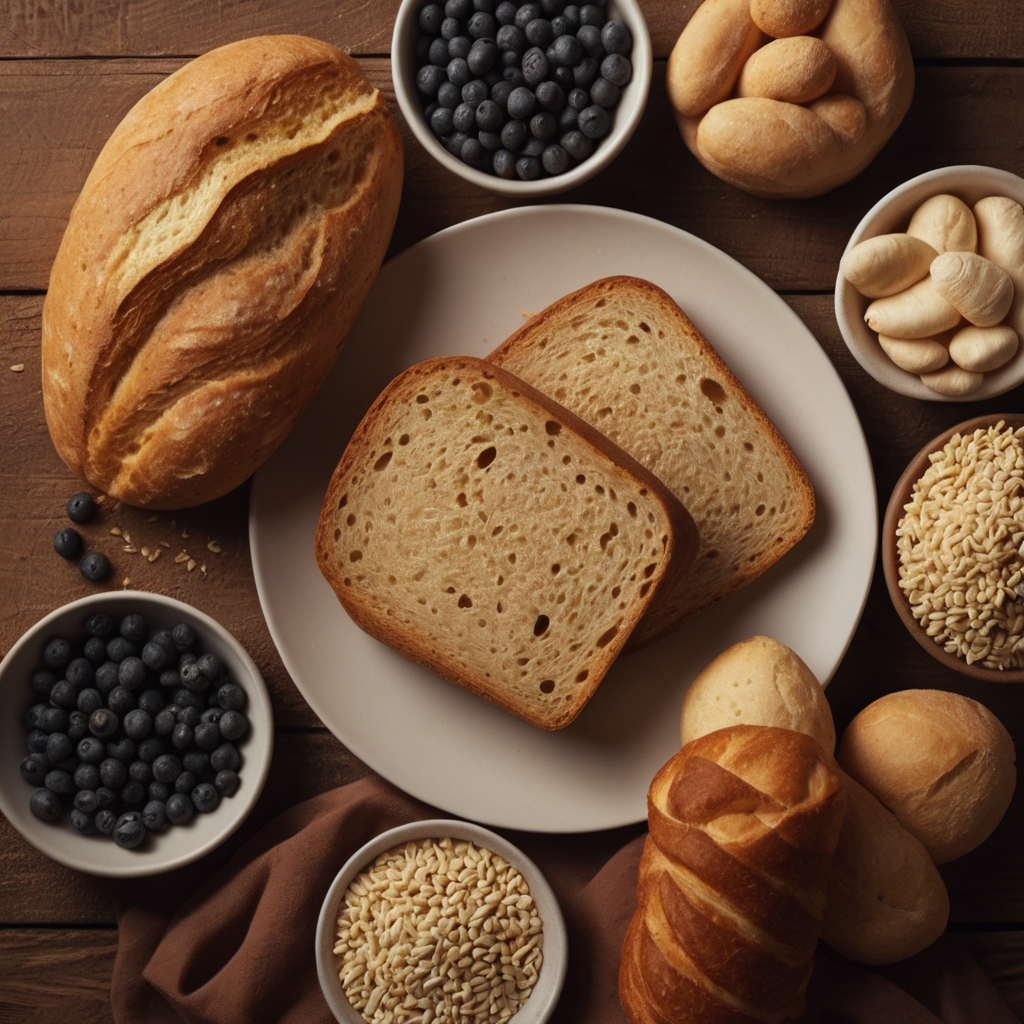
Conclusion
Managing calories on a gluten-free diet isn’t rocket science—it just takes a little know-how and mindfulness. Skip the packaged stuff, embrace whole foods, track your progress, and remember: gluten-free doesn’t automatically mean healthy. Your body will thank you for treating it right!
FAQs
1. What are low-calorie gluten-free snacks?
Rice cakes, fresh fruit, veggie sticks, Greek yogurt, hard-boiled eggs, and air-popped popcorn are great options.
2. Can gluten-free diets help with weight loss?
They can, if you’re eating balanced meals and watching portions. But gluten-free doesn’t guarantee weight loss.
3. Are all gluten-free foods healthier?
Not necessarily. Many gluten-free alternatives are ultra-processed and high in sugar or fat.
4. How can I avoid processed gluten-free foods?
Shop the perimeter of the grocery store—stick to fruits, veggies, proteins, and whole grains.
5. Is it okay to eat gluten-free without a diagnosis?
Yes, but make sure your diet is still balanced and nutritious. If you feel better without gluten, that’s valid—but get checked if you suspect celiac or sensitivity.


